HoverAir has unveiled significant upgrades to its unique flying selfie camera lineup with the introduction of the X1 Pro and X1 Pro Max. These new models bring substantial improvements in video resolution, sensor size, and functionality, potentially addressing key limitations of the original HoverAir X1. DIYPhotography reports that these advancements could make the devices more appealing to a wider range of users.
X1 Pro: 4K Video and All-Terrain Capabilities
The HoverAir X1 Pro builds upon the original X1’s sub-250g design, which exempts it from many drone regulations. Key features include:
- 4K video at up to 60fps (1080p at 120fps)
- 1/2″ CMOS sensor with 17mm equivalent lens
- Auto-follow speeds up to 42 km/h (26 mph)
- Instantaneous tracking speed up to 60 km/h (37 mph)
- OmniTerrain: capable of flying over water, snow, and off cliffs
- 16 minutes of flight time on a 1920 mAh battery
- Weight: 192 grams (6.8 oz)
- Rear-side active collision detection
- Maximum altitude: 5500 m (18,044 ft)
- Wind resistance: level 5
- Dimensions: 173mm x 149mm x 39mm

X1 Pro Max: 8K Powerhouse with Advanced Features
For users demanding even higher performance, the X1 Pro Max pushes capabilities further:
- 8K video at 30fps
- 4K at up to 120fps for slow-motion
- 4K/60fps with HDR video
- 1/1.3″ CMOS sensor with 16mm equivalent lens
- 10-bit HLG format for enhanced dynamic range
- Vision-based active collision detection
- Wi-Fi 6 with up to 1.2 Gbps download speed
The X1 Pro Max shares the same weight, speed, and most other specifications as the X1 Pro, maintaining its compact and portable design.

Distinctive Design and Functionality
Both models feature a unique caged design with four propellers enclosed in protective grilles. This design not only ensures safety but also allows for indoor use and operation in challenging environments.
Availability and Pricing Unknown
While these upgrades are promising, HoverAir has not yet announced pricing or release dates for either the X1 Pro or X1 Pro Max. The company appears to be using a staggered announcement strategy, potentially building anticipation for the products.
DroneXL’s Take
The HoverAir X1 series occupies a unique niche in the drone market. As we’ve seen with the rise of FPV drones, there’s growing demand for specialized aerial imaging tools. The X1 Pro and Pro Max could appeal to vloggers, adventurers, and content creators looking for a compact, automated flying camera.
The ability to now operate over various terrains, including water, significantly expands the X1’s potential use cases. This, combined with the higher resolutions, improved sensors, and advanced features like HDR video and high-speed Wi-Fi, might give HoverAir the mainstream breakthrough it’s been working towards since the original Hover Camera concept in 2016.
As the Drone Industry continues to evolve, we’ll be watching closely to see how these specialized devices fit into the broader ecosystem of aerial imaging tools. The combination of high-end video capabilities, compact design, and intelligent flight features positions the X1 Pro and Pro Max as intriguing options for those seeking a unique perspective in their content creation.
Photo courtesy of HoverAir
Discover more from DroneXL
Subscribe to get the latest posts sent to your email.
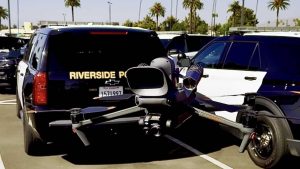
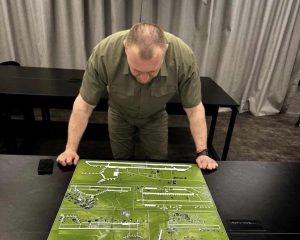
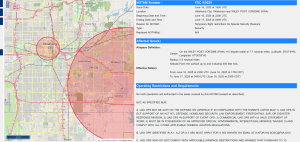
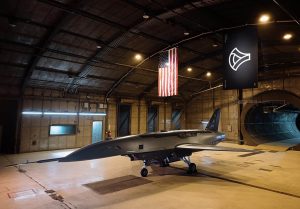
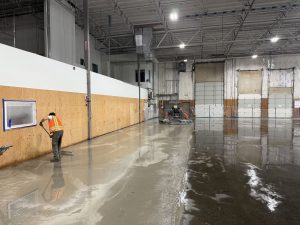

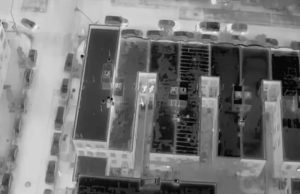


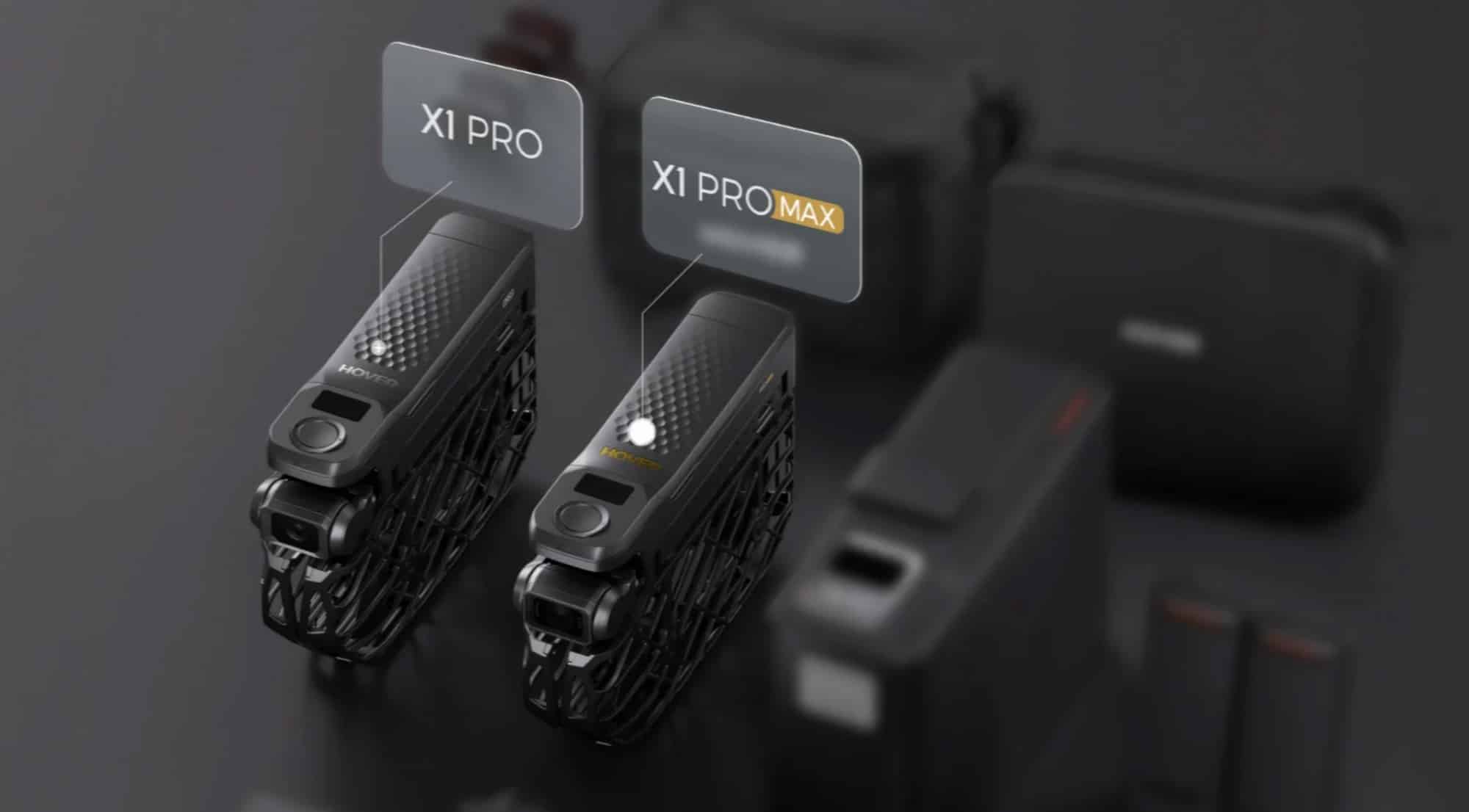
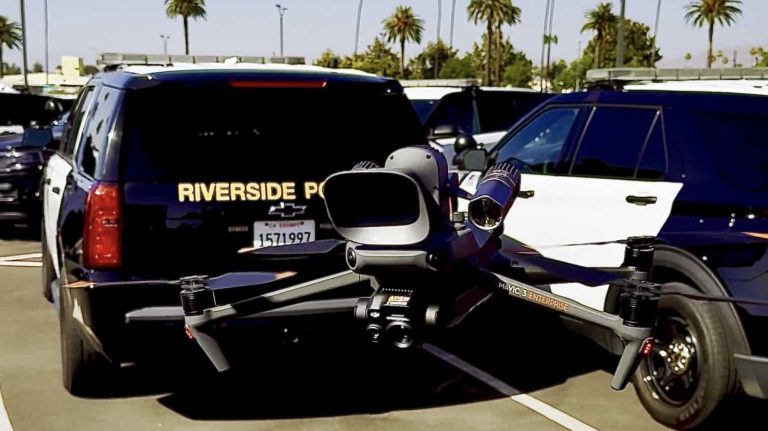
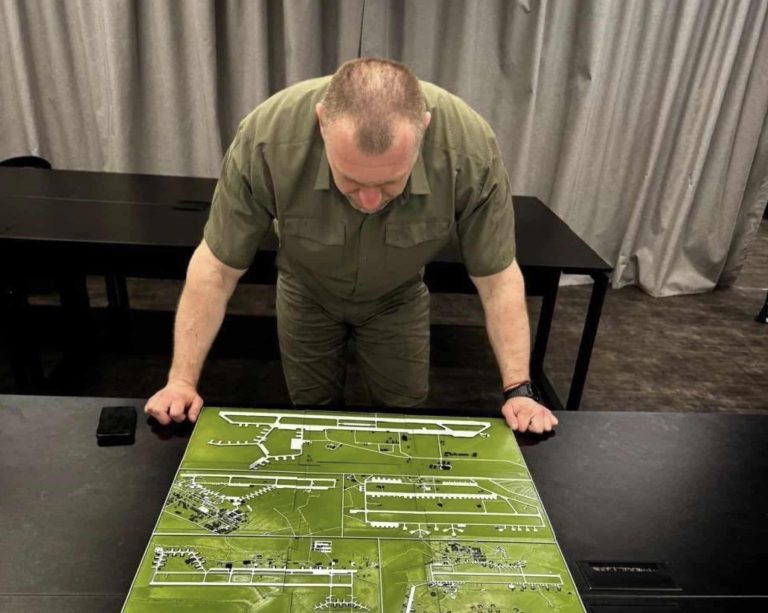
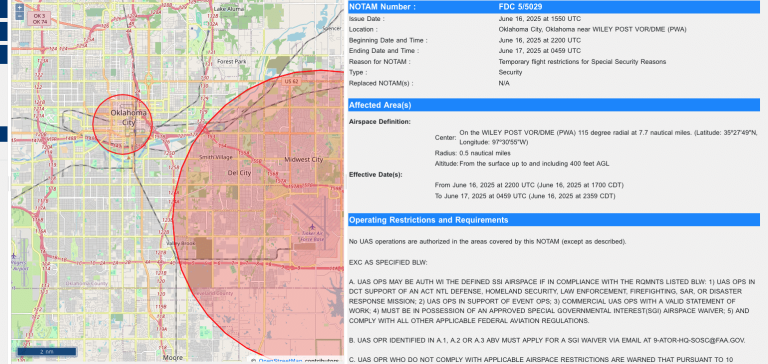
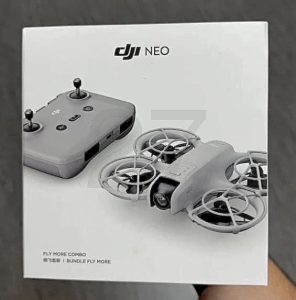
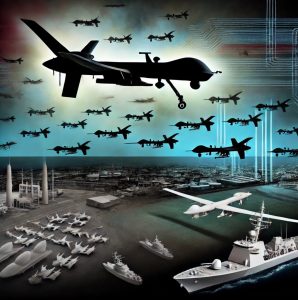
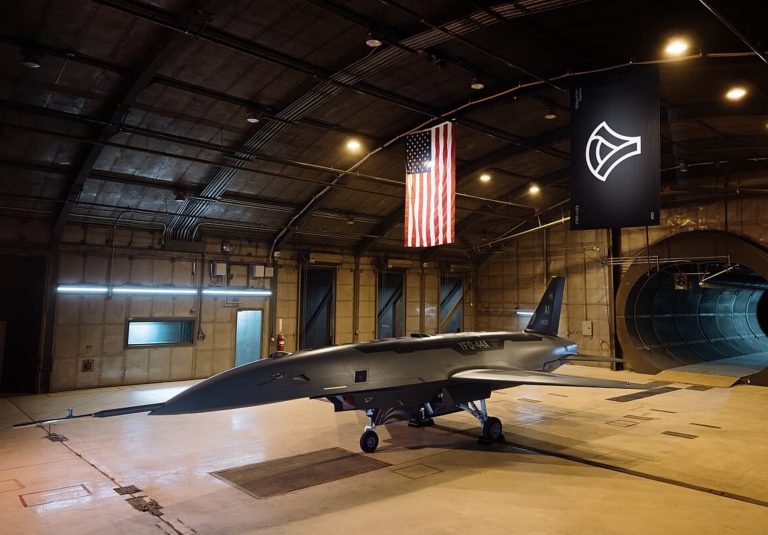
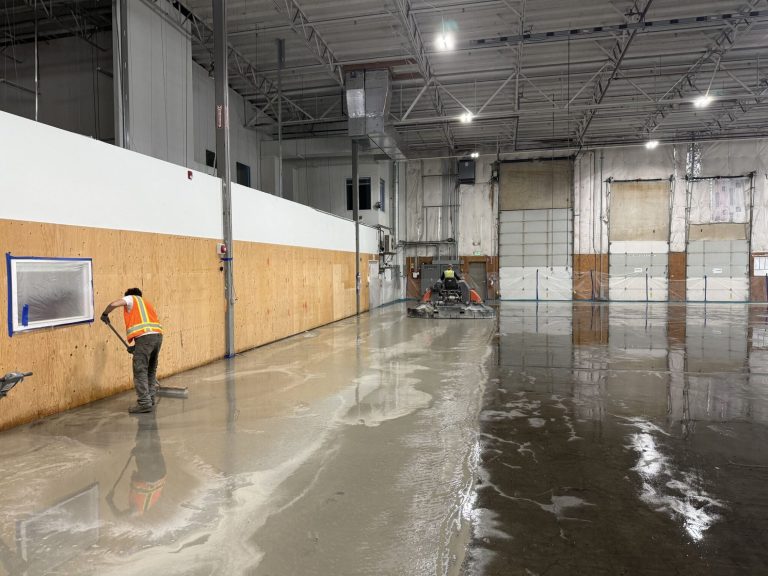
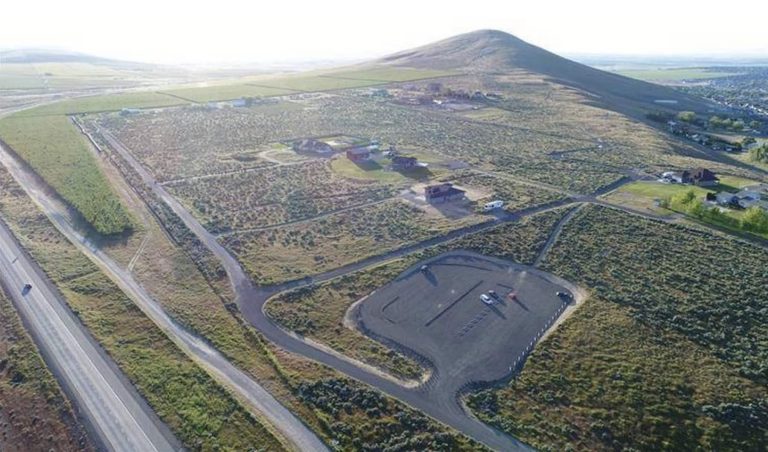
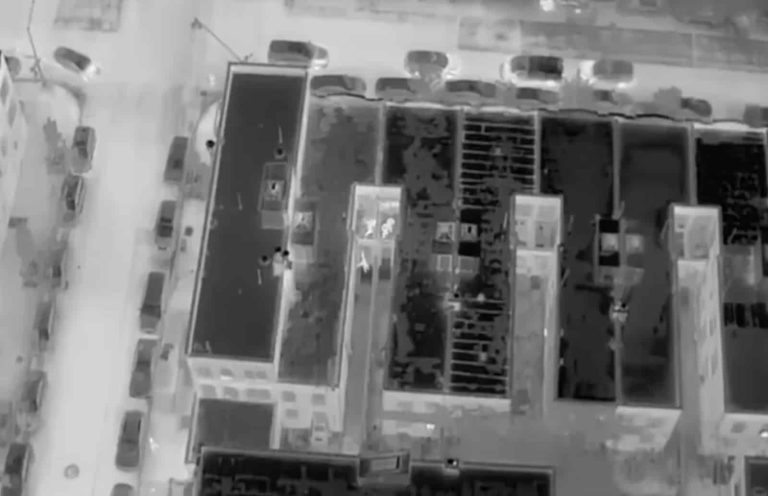

+ There are no comments
Add yours